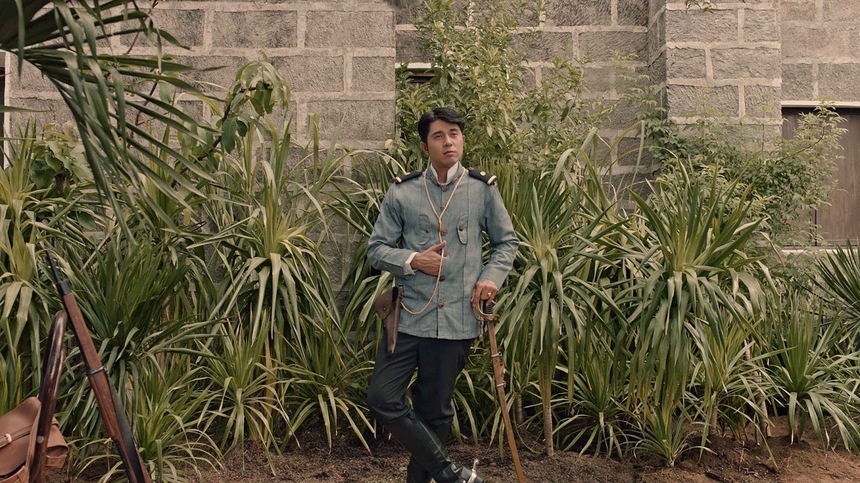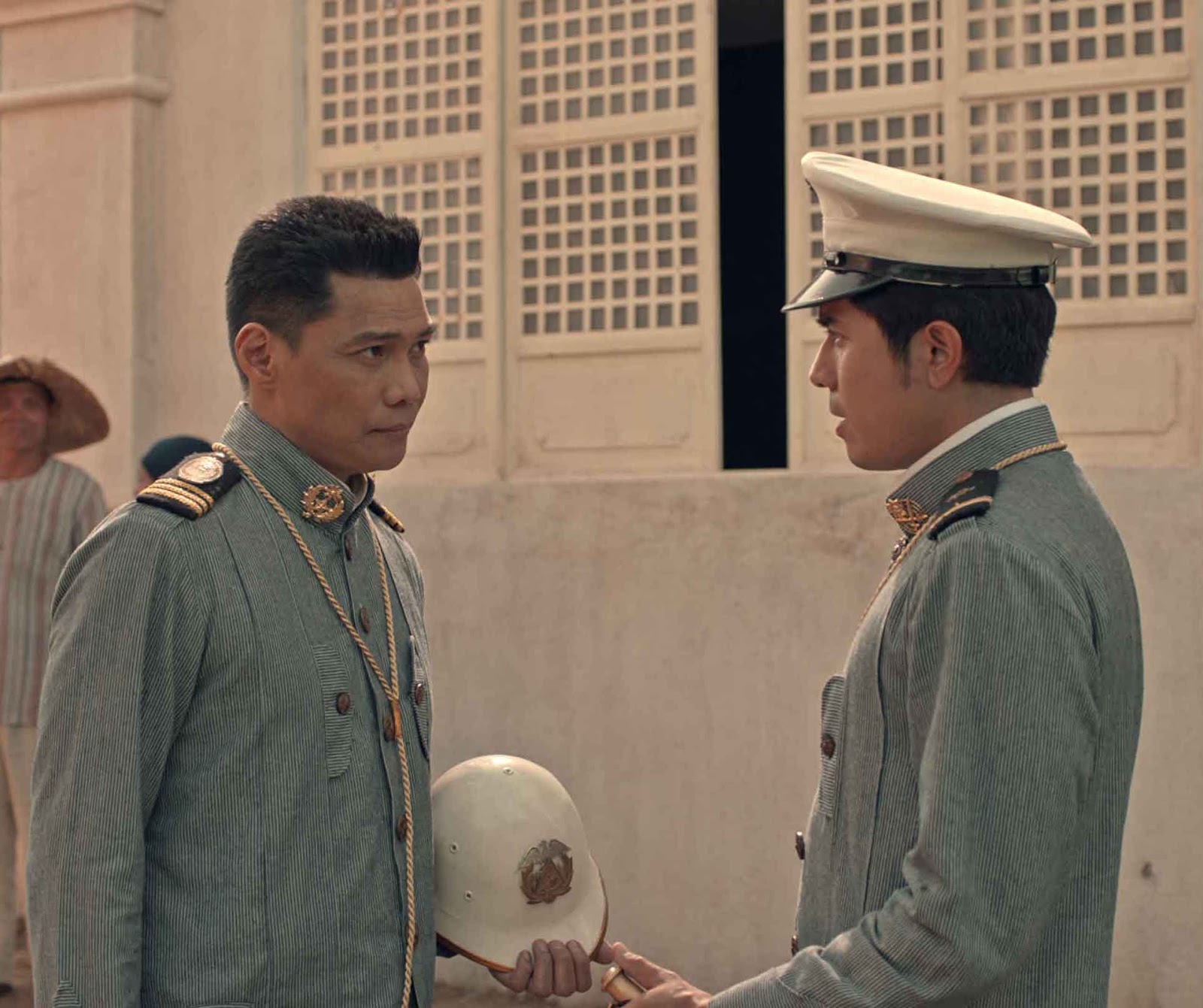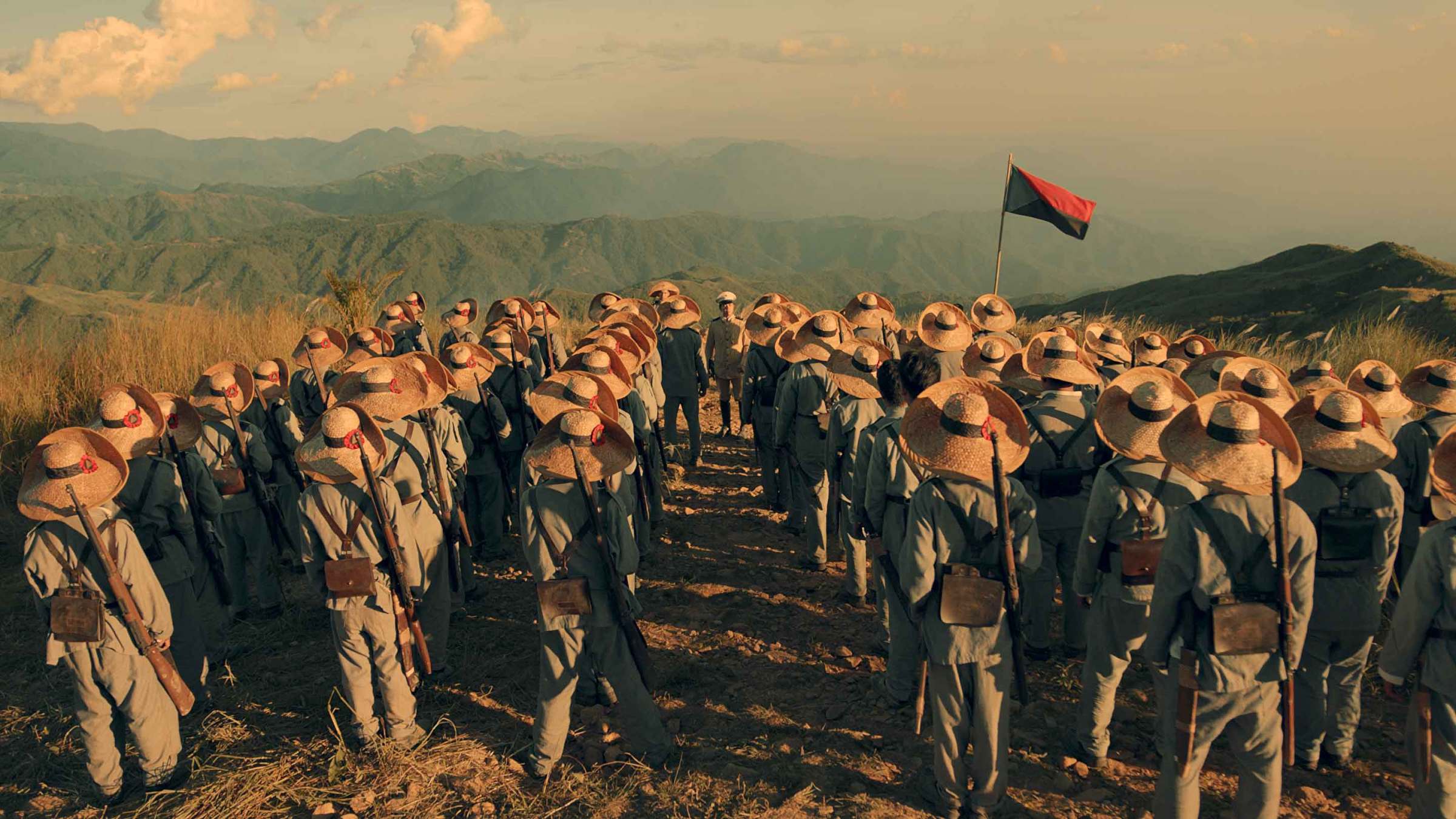Review: GOYO: THE YOUNG GENERAL, Reversing the Hero's Journey

Warning: Full spoilers...but come on, it's a biopic! Are spoilers even possible?!?
In the Philippines, we are taught to worship heroes from a young age. In primary school, we are made to memorize single-line descriptions of what to remember our national heroes by — highlights, monickers, basically their greatest traits. Funny enough, even when exposed to their failings, they are more often than not romanticized, made up to be tragic flaws, imperfections that merely humanize and make the hero more endearing.
The same mythologization has emerged as a criticism (more recently) against Goyo’s 2015 predecessor, Heneral Luna. The first entry in director Jerrold Tarog’s planned series of historical biopics, Heneral Luna has even brought forth a discourse on whether its portrayal of the larger-than-life general’s strongman nationalism enabled the election of incumbent Philippine president Rodrigo Duterte.
On the one hand, Tarog has defended his film by explaining how, though many Filipinos are quick to identify with Luna’s uncompromising and ferocious-to-violent love for country, what he wanted to show was that these traits were also the flaws the led to his downfall. “We made the film thinking there are enough people out there who know right from wrong,” Tarog said.
On the other, professor and historian Lisandro Claudio has argued that, just like how Birth of the Nation sparked the re-formation of the Ku Klux Klan, and how Dr. Jose Rizal’s novels led to Filipinos revolting against their Spanish colonizers, one cannot discount art’s ability to catalyze society, whether intentional or not.
Heneral Luna, even with multiple attempts at nuance, still marketed its message via a central dichotomy: “Bayan o sarili?” [Country or self?]. It portrayed fiery nationalism as the way of heroes, and pacificism as self-serving, traitorous even. As Claudio put it “it foregrounded a strong, dictatorial leader at a time when people were sick of effete and opportunistic liberals.”
Both raising good points, it seems though that Tarog took this criticism to heart as from the onset, Goyo makes it pretty clear that this time around audiences will be served counter-programming, a message about heroism with less room for unintentional takeaways. It's a decision that Goyo greatly benefits from.
A biopic about the last days of the “Boy General” Gregorio del Pilar aka Goyo (Paulo Avelino), the film opens with the words of revolution leader Apolinario Mabini (Epy Quizon). Addressed to then-president Emilio Aguinaldo (made infamous by the events of the first film), Mabini posits the idea that the only way Aguinaldo may redeem his reputation is through martyrdom.
With this scene, Goyo sets the tone of its tackling of heroism. For the film, heroism for heroism’s sake alone is empty; there must be more to this veneer of bravado. To Aguinaldo, the act of dying in battle is ultimately THE p.r. strategy to cleanse his name. For the titular General Goyo, the question of what’s the point of heroism if it’s all braggadocio, and he lacks the actual skills in being a leader and a soldier. (How much more when his only claim is supposedly his loyalty as a presidential lapdog?)
We go in alongside the film as it too ventures into Goyo's psyche. Introspective, it could be said that Goyo is a reversal of the archetypal “hero’s journey.” Instead of the protagonist going out into the world, discovering his larger role in it as the “chosen one,” in the film, Goyo already begins as a “chosen one.” He is already a big player in the revolution. Thus, his journey is traveling inward, the hero questioning his own heroism in the first place. Is he still a hero? We he ever one? Or is he now too a villain who along with his compatriots merely label themselves as heroes?
The film is a meditation on what it means to be a hero in a confused world — one that loves conflation, one that’s complacent enough to accept heroism by its aesthetical value.
This demythologization of heroics is presented on multiple fronts. For one, Goyo’s introductory scenes feature his involvement in the extrajudicial killing of a Luna lieutenant viewers have grown to admire in the series’ past entries. General Goyo is also frequently plagued by visions of his death and flashbacks to the trauma he went through during previous battles. Lastly, even his legendary womanizing is shown through an unflattering light via letters that are the written equivalent of post-ghosting texts.
Goyo subjects the popular myths about its hero to a reality that exposes these monolithic images as inadequate, toxic even. Dissected more in-depth, our hero may be murderous, traumatized, naive, and a coward even. In Goyo, we are shown the inherent violence, trauma, and politicking the fables of our national heroes merely implied and how it affects the hero internally. (Tarog adds a callback to this romanticized past via the play Goyo watches about his life.)
But Goyo is also a reaffirmation of the mythology. It subverts perceptions but ends up upholding the image of what it means to be a hero, albeit nuanced as not something that’s real at face value, but instead something we have to hold on to, something we have to believe in.
To reiterate, this is still a hero’s journey, although one of rediscovering what it means to once again be a hero. Goyo’s inwards journey culminates in the historic battle of Tirad Pass — Goyo’s own martyrdom that has frequently been idealized as the Philippines’ version of Thermopylae.
On the surface, many may still read this battle as a deglamorization. Unorganized, ill-planned, Goyo’s own death presented so matter-of-factly. However, this a film that is about moving beyond the aesthetics. Though yes, Goyo’s Tirad Pass showcases what the young general lacked, it also showed his personal return to true heroism.
His actions, his decision to hold the position, scope the horizon from a distance, is Goyo’s own victory. Him re-awakening his principles, aligning it with his love for country, and deciding on is own volition, away from the loyalty he’s devoted to his idol. He has learned to get down from the ivory tower that is his being a "hero," a "chosen one," and be a soldier in the field.
The film still presents the reality though that in Goyo’s case, his attempt is (no pun intended) “too late the hero.” It is a tragedy that’s meant to draw sympathy, a “what could have been” that to this day draws parallels to once-heroes that may or may not have crossed the lines of irredeemability. (But don’t mistake this cautionary tale for romanticization.)
In the end, Goyo’s defeat is, as I mentioned, an internal triumph. It is the one last act of sacrifice, that even after being exposed as still inadequate reaffirms the brand heroism as one we can hope for, frustrate over, and someday still believe in.
(Cross-published in Film Police Reviews.)

Do you feel this content is inappropriate or infringes upon your rights? Click here to report it, or see our DMCA policy.








